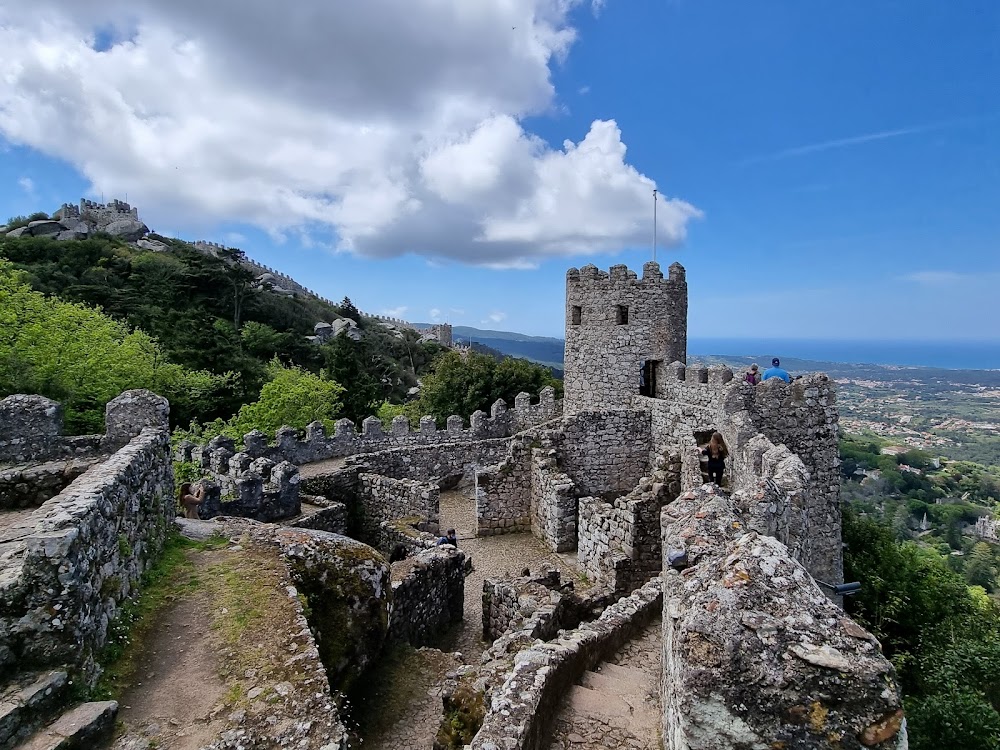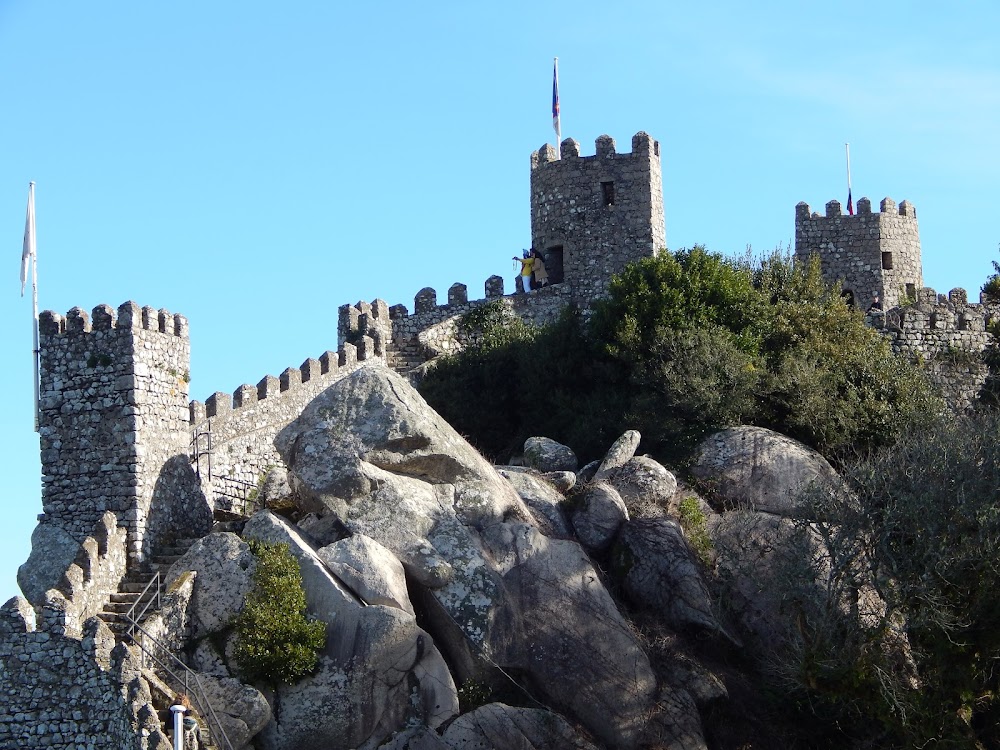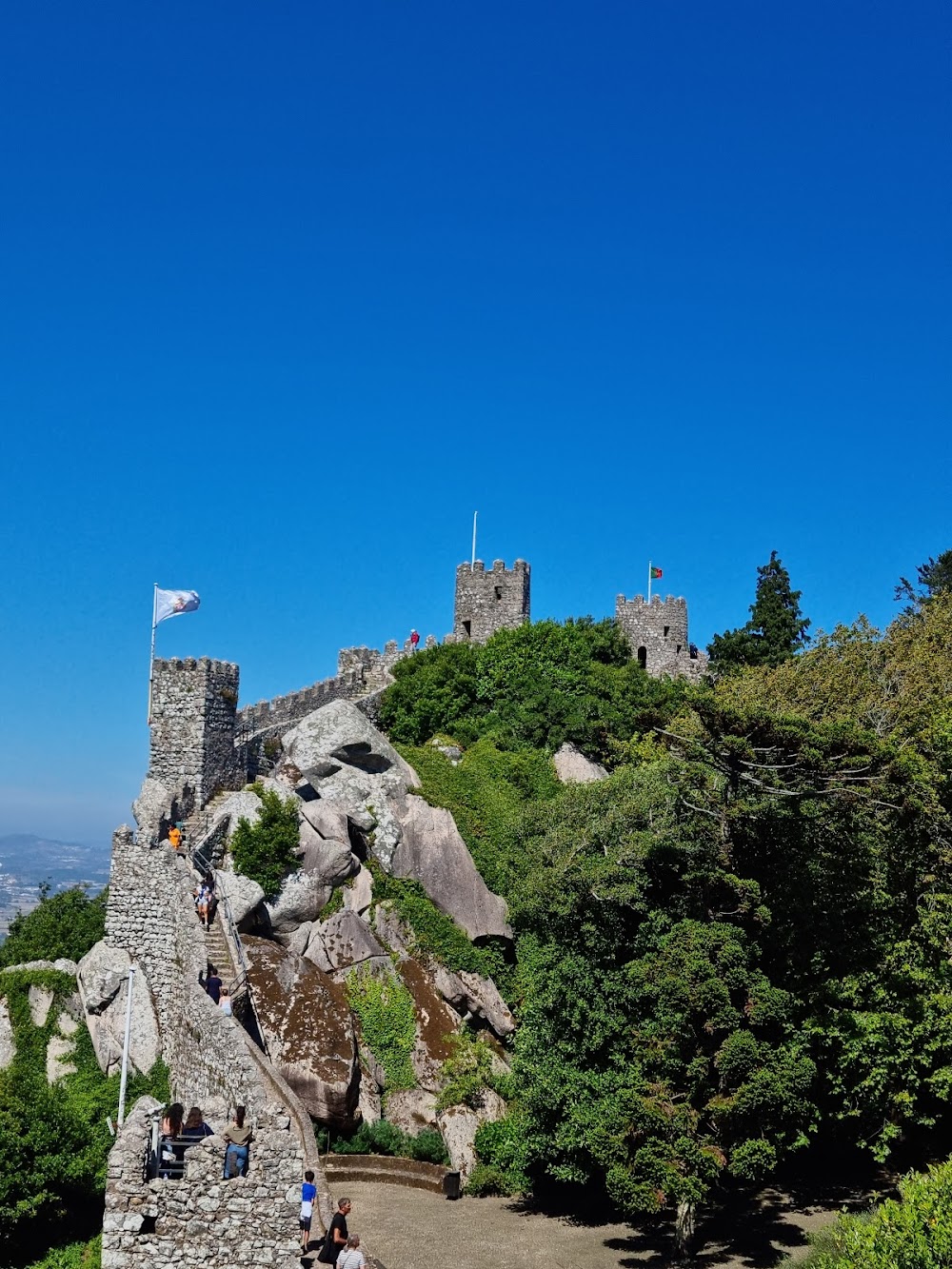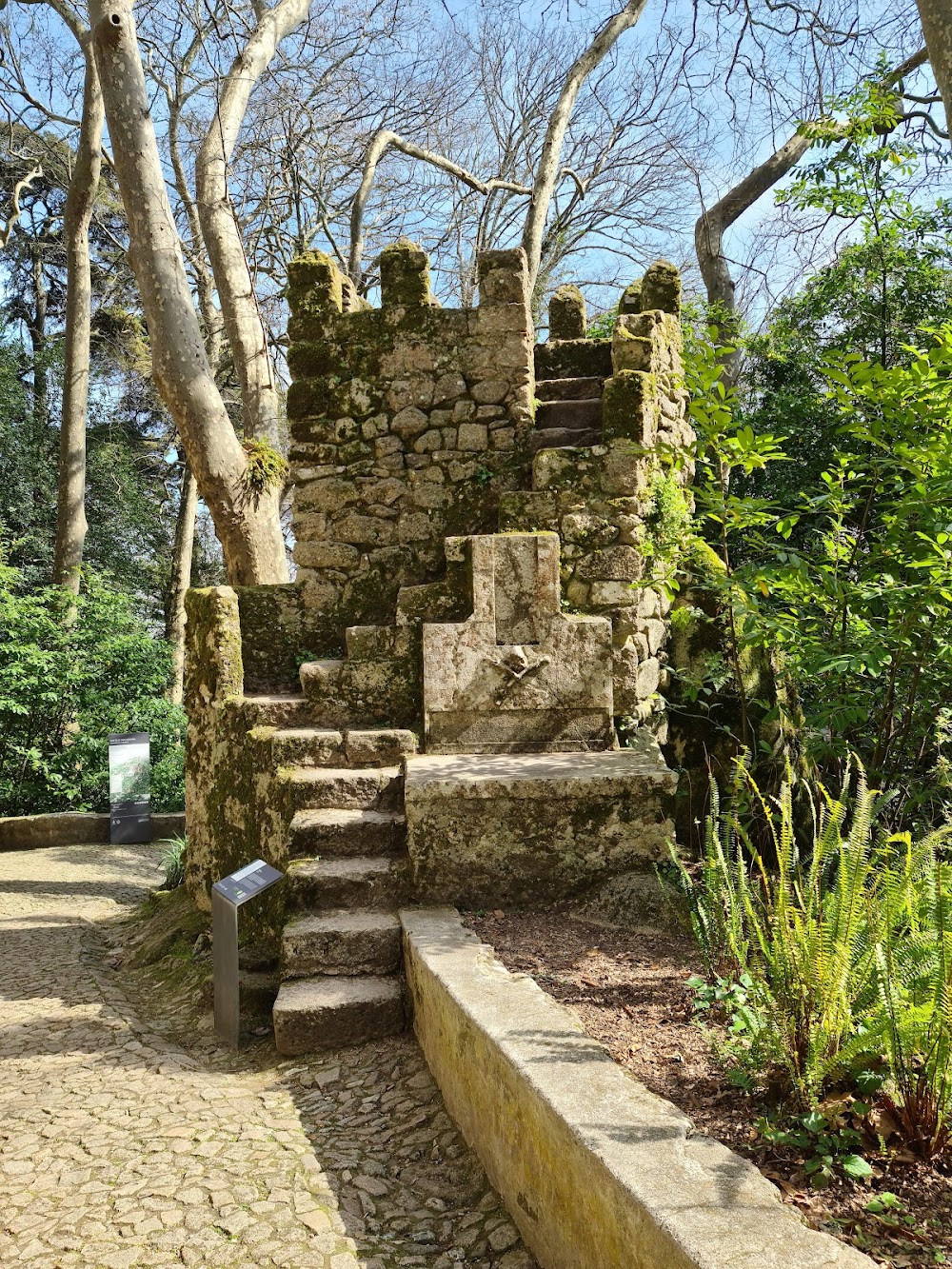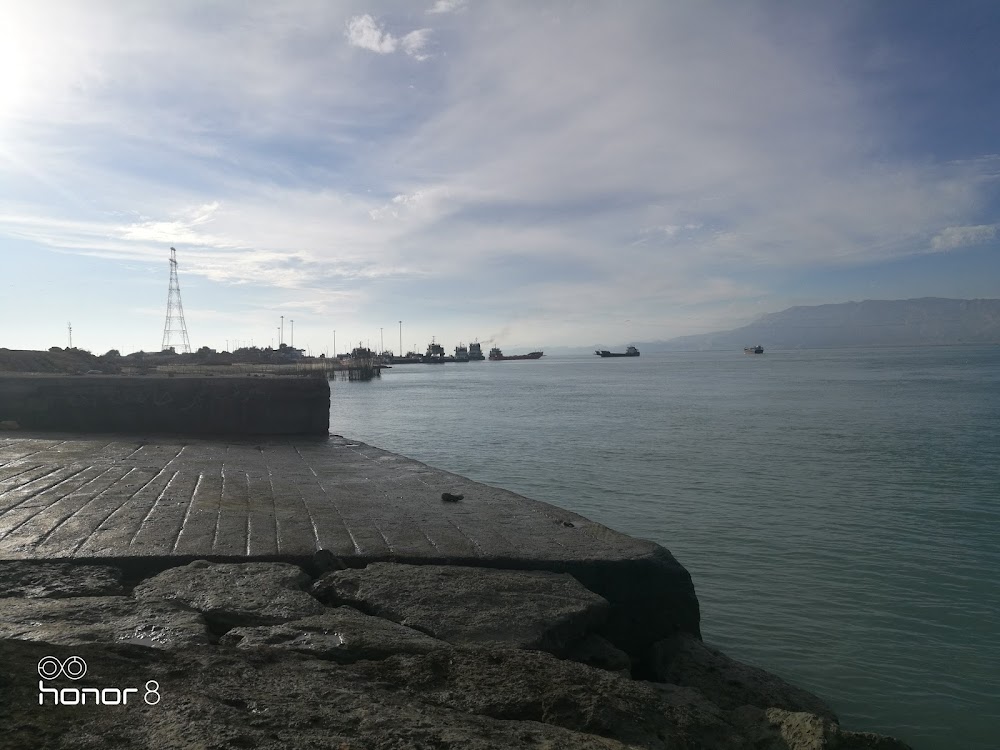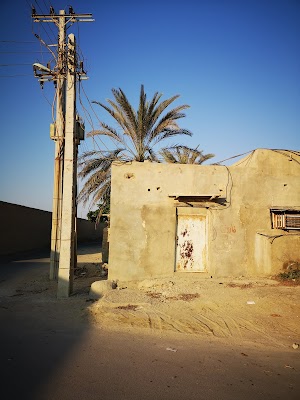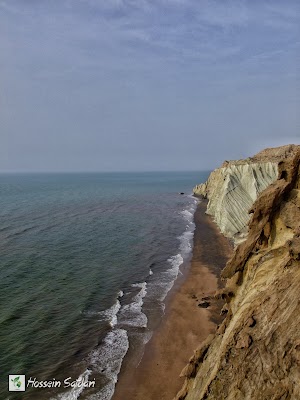Portuguese Castle (قلعه پرتغالیها)
Related Places
Overview
The Moorish Castle, often referred to as the Portuguese Castle, proudly stands in the city of Hormozgan, Iran. This architectural gem is a stunning testament to the region's historical significance, intertwining the stories of various cultures that have traversed this strategic coastal area.
A Historical Overview
Dating back to the early 16th century, the castle was constructed by Portuguese explorers under the leadership of the renowned seafarer Alfonso de Albuquerque. Recognizing Hormozgan's vital role in maritime trade, the Portuguese sought to establish a stronghold that could safeguard their trading routes and serve as a base for naval operations in the Persian Gulf.
Architectural Marvel
The construction of the castle was a monumental endeavor. Skilled laborers and craftsmen were brought in from across the Portuguese Empire, employing local materials such as stone, wood, and mortar. The result was a unique blend of Portuguese and Persian architectural styles. High walls, designed to withstand sieges, were complemented by battlements and watchtowers that offered a strategic view of any approaching threats.
Life Within the Walls
Inside the castle, the layout featured living quarters, storerooms, and armories, alongside chapels and administrative buildings that reflected daily life within its walls. The architects paid meticulous attention to defensive features, including underground tunnels and escape routes, ensuring the safety of its occupants during turbulent times.
Innovative Water Supply
A crucial aspect of the castle's design was its integrated water supply system. Given the arid climate of Hormozgan, maintaining a reliable water source was essential. Large cisterns were built to collect and store rainwater, enabling the castle's inhabitants to endure prolonged sieges without depleting their essential resources.
A Hub of Cultural Exchange
More than just a fortress, the Moorish Castle became a vibrant hub for trade and cultural exchange. As Portuguese merchants and soldiers interacted with local traders and travelers, the castle transformed into a melting pot of cultures, languages, and traditions, enriching the cultural tapestry of Hormozgan.
Conflict and Change
However, the castle's history is also marked by conflict. The Portuguese grip on the region weakened in the early 17th century as local Persian forces sought to reclaim their territory. After fierce battles and sieges, the Persians recaptured the castle in 1622. While the structure endured damage during these conflicts, it remained a formidable testament to its robust construction.
Historical Significance Today
In the centuries that followed, the castle underwent various transformations, serving different administrative and military purposes under various rulers. Over time, it evolved into an important archaeological and historical site, drawing the attention of scholars and tourists alike.
Today, the Moorish Castle in Hormozgan is a protected monument, with preservation efforts ensuring its accessibility to visitors. Wandering through its corridors and ramparts, one can almost hear the echoes of its storied past. The melding of architectural influences and the resilience of its construction make this castle a captivating destination for anyone intrigued by history and culture.
In conclusion, the Moorish Castle (Portuguese Castle) in Hormozgan stands as a remarkable landmark. Built by Portuguese explorers, it encapsulates a unique fusion of architectural styles and has played a pivotal role in the region's rich history. Its enduring presence pays tribute to the skill and vision of its builders, as well as the interconnected histories of the diverse peoples who have passed through its gates.


